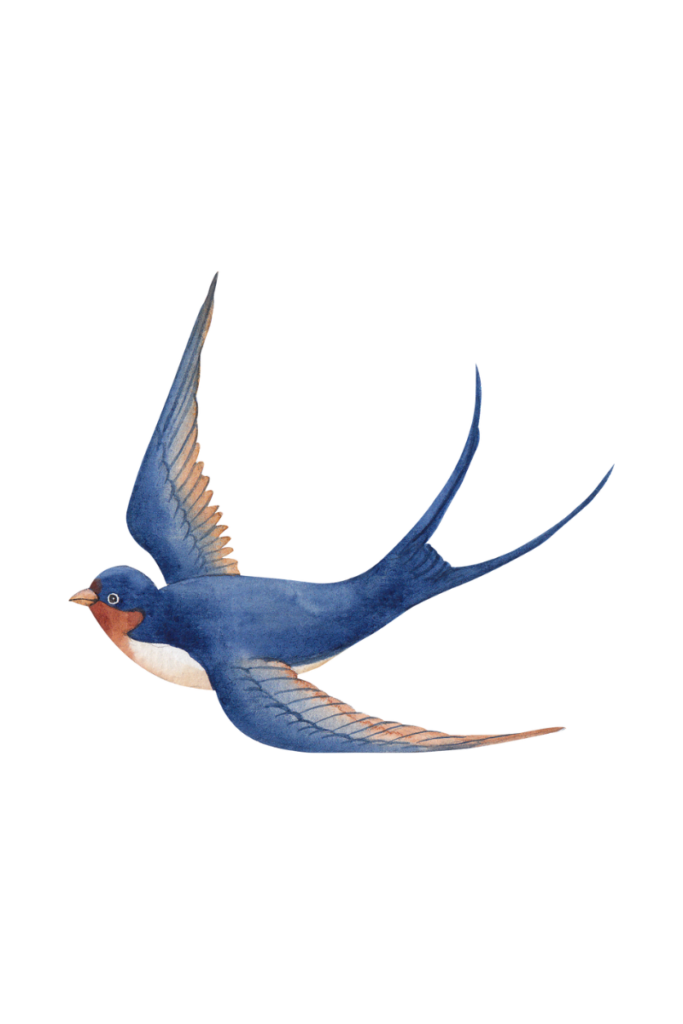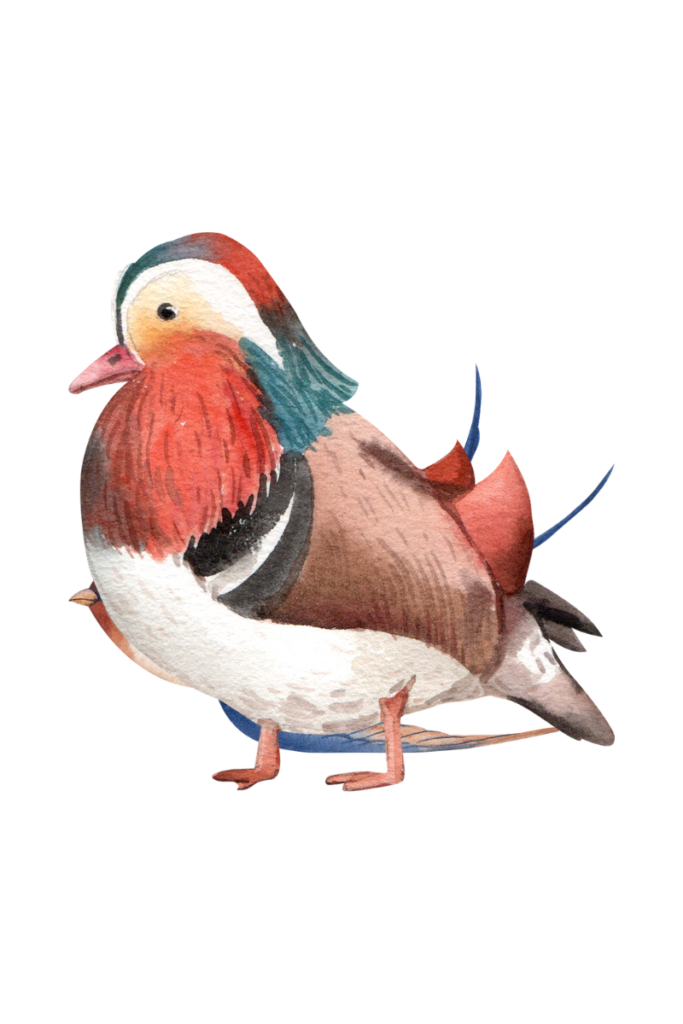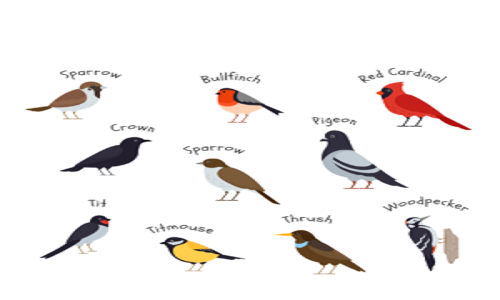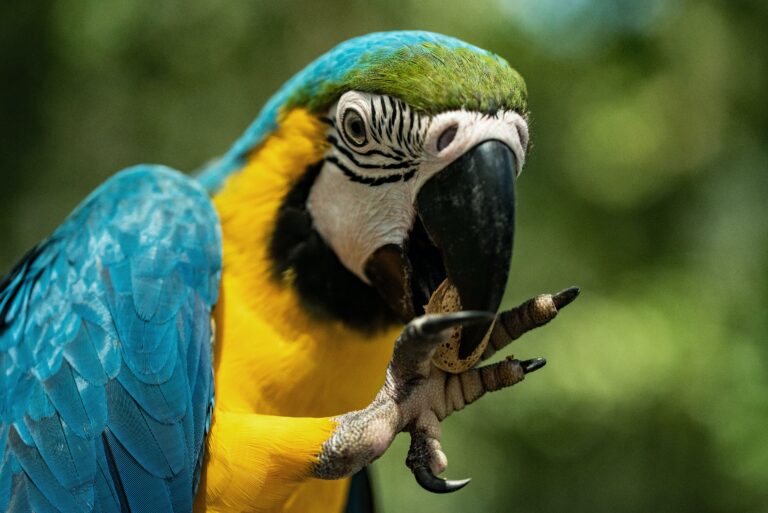Birds, with their diverse shapes, sizes, and behaviors, are some of the most captivating creatures on Earth. They have evolved over millions of years, adapting to various environments and niches. To truly appreciate these avian wonders, it’s essential to delve into their anatomy and behavior. In this 2000-word blog post, we’ll take an in-depth journey from beak to tail, exploring the fascinating world of bird anatomy and behavior.

Anatomy of a Bird
The Beak – Adaptation for Survival
One of the most distinctive features of a bird is its beak, also known as the bill. Beaks come in a wide range of shapes and sizes, each suited to a specific purpose. For example:
- Sharp Beaks: Birds of prey like eagles and hawks have sharp, hooked beaks for tearing flesh.
- Long Beaks: Hummingbirds sport long, slender beaks to probe deep into flowers for nectar.
- Cone-shaped Beaks: Finches have cone-shaped beaks perfect for cracking seeds.
- Serrated Beaks: Pelicans use serrated beaks to catch and hold slippery fish.
The beak is not just for feeding; it also plays a role in preening, grooming, and even temperature regulation.
Feathers – Nature’s Masterpiece
Feathers are another iconic feature of birds. They serve various functions, including:
- Flight: Wing feathers provide the necessary lift and thrust for birds to take to the sky.
- Insulation: Down feathers keep birds warm, serving as a natural insulation layer.
- Camouflage: Some birds, like owls, have specialized feathers that aid in camouflage.
- Display: Brightly colored feathers are often used for courtship and mating displays.
The arrangement of feathers on a bird’s body is also crucial for its aerodynamics and thermoregulation.
Skeleton – Lightweight and Strong
Bird skeletons are adapted for flight. They are lightweight yet incredibly strong. Hollow bones reduce overall body weight, making it easier for birds to stay aloft. Moreover, many bones in a bird’s skeleton are fused, providing structural support.
Muscles – Powering Flight
Flight requires powerful muscles, especially in the chest area. Birds have two sets of major flight muscles:
- Pectoral Muscles: These large muscles control the flapping of the wings.
- Supracoracoideus Muscles: These muscles are responsible for lifting the wings.
The rapid contraction of these muscles allows birds to generate the force required for flight.
Respiratory System – High-Efficiency Oxygen Delivery
Birds have a unique respiratory system that enables them to extract oxygen efficiently from the air. They have air sacs that provide a continuous flow of oxygen to their lungs, ensuring a constant supply of oxygen during both inhalation and exhalation. This design is crucial for sustaining the high metabolic rates required for flight.

Behavior of Birds
Courtship and Mating
Bird courtship rituals are as diverse as the birds themselves. From the intricate dance of the sandhill crane to the melodious serenades of songbirds, courtship is a critical aspect of avian behavior. Males often engage in elaborate displays to attract females, showcasing their vitality and genetic fitness.
Nesting and Parenting
Once courtship is successful, birds invest a great deal of effort into nesting and raising their young. Nest designs vary greatly, from simple depressions in the ground to intricate woven structures high in trees. Bird parents take turns incubating eggs, feeding chicks, and protecting the nest from predators.
Migration – Epic Journeys
Many bird species embark on incredible migrations, covering thousands of miles in search of food and suitable breeding grounds. The Arctic tern holds the record for the longest migration, traveling from the Arctic to the Antarctic and back each year.
Communication – Songs and Calls
Birds communicate through a combination of songs and calls. Songs are often used for territory defense and attracting mates, while calls serve various purposes, including warning of predators and maintaining contact with flock members. Each species has its unique vocalizations.
Feeding Behavior – A Diverse Diet
Birds exhibit a wide range of feeding behaviors, from the aerial acrobatics of raptors to the precision of woodpeckers. Their diets can include insects, fruits, seeds, fish, and even other birds. Beaks and feeding strategies have evolved to match their specific food sources.
The Importance of Studying Bird Anatomy and Behavior
Studying the anatomy and behavior of birds is not just a matter of fascination; it has practical applications and ecological significance. Here are a few reasons why this knowledge is important:
Conservation
Understanding the behavior and habitat requirements of different bird species is crucial for conservation efforts. By protecting their habitats and addressing threats, we can help preserve biodiversity.
Birdwatching
For bird enthusiasts and birdwatchers, knowledge of bird anatomy and behavior enhances the experience. It allows observers to appreciate the nuances of bird life and better identify species.
Scientific Research
Birds are often used as model organisms in scientific research, providing insights into broader ecological and evolutionary questions. Understanding their anatomy and behavior contributes to our understanding of biology as a whole.
Ecological Balance
Birds play various ecological roles, from pollination to pest control. Knowing how they interact with their environment helps us maintain ecological balance.
Conclusion
Birds are truly remarkable creatures, and their anatomy and behavior are a testament to the wonders of nature. From the diversity of beaks to the intricacies of migration, there’s always something new and exciting to discover about these feathered beings. Whether you’re a biologist, a birdwatcher, or simply someone who appreciates the natural world, delving into the world of birds is a journey well worth taking. So, the next time you spot a bird in flight or hear its song, take a moment to appreciate the incredible adaptations and behaviors that make these creatures so extraordinary.




